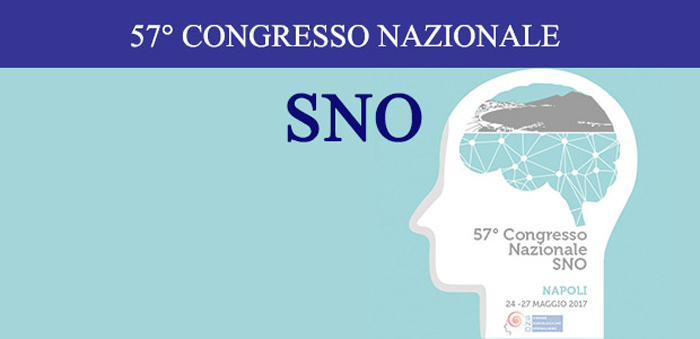 |
|||
|
Flow diverter device for the treatment of small middle cerebral artery aneurysm M. Tecame, G. Buono, D. Piccolo, M. Marseglia, A. Macera, M. Coppola, A. Brunetti, F. Briganti |
|
|
|||||||
|
Summary |
|||||||
|
|
|
|
|
|
|
||
|
Proceedings SNO |
|||||||
|
|
|
|
|
|
|
||
|
Purpose:Experience with the endovascular treatment of middle cerebral artery (MCA) aneurysms by flow diverter devices (FDD) is still limited. This study examines the results and complications of FDD for small aneurysms at this location. Methods:From February 2010 to December 2013, 14 patients (10 women; mean age 59 years) with 15 small MCA aneurysms were treated with FDD. All procedures were performed with the Pipeline embolization device (PED). Results:Complete occlusion was obtained in 12/15 aneurysms (80%) and partial occlusion in 3 (20%). Among 13 aneurysms with a side branch, this was patent at the angiographic control in 4 cases, showed decreased filling in 6, and was occluded in 3 (with neurological deficits in 2). All PEDs were patent at follow-up. Post-procedural ischemic complications occurred in 4 (27%) procedures with permanent neurological deficit (modified Rankin score 2) in 3 (21%). No early or delayed aneurysm rupture, no subarachnoid or intraparenchymal hemorrhage and no deaths occurred. Conclusions:Endovascular treatment with FDD is a relatively safe treatment for small MCA aneurysms resulting in a high occlusion rate. The findings of this study suggest that complete occlusion after endovascular treatment with FDD can be delayed (> 6 months). Ischemic complications may occur as early or delayed, particularly at clopidogrel interruption. |
|||||||
|
|
|||||||
|
|
|
|
|
|
|
||
|
Articles from "Proceedings" are provided here courtesy of |
|
Proceedings SNO - ISBN 978-88-8041 - Copyright © 2017 SNO & new MAGAZINE s.r.l. - Italy |
|||